Home>Furniture>Living Room Furniture>How To Fix Springs In Couch Cushions


Living Room Furniture
How To Fix Springs In Couch Cushions
Modified: April 22, 2024
Learn how to fix the springs in couch cushions and restore the comfort of your living room furniture. Expert tips and step-by-step instructions.
(Many of the links in this article redirect to a specific reviewed product. Your purchase of these products through affiliate links helps to generate commission for Storables.com, at no extra cost. Learn more)
Introduction
Having a comfortable and well-maintained couch is essential for creating a cozy and inviting living room. However, over time, the springs in couch cushions can wear out or break, leading to saggy and uncomfortable seating. But don’t worry – you don’t have to replace the entire couch! With a few simple tools and some basic know-how, you can easily fix the springs in your couch cushions and restore it to its former comfort.
In this guide, we will walk you through the step-by-step process of fixing the springs in couch cushions. Whether you’re a seasoned DIYer or just starting out, you’ll find this article helpful in understanding the process and gaining the confidence to tackle this repair project.
Before we dive into the details, let’s take a moment to understand how couch springs work and why they may need to be replaced.
Key Takeaways:
- Don’t replace your entire couch! With the right tools and know-how, you can easily fix saggy cushions by replacing worn-out springs. Enjoy a cozy living room without breaking the bank.
- Regular maintenance is key! Keep your couch comfortable and stylish for years by promptly addressing any signs of wear or damage in the springs. Enjoy a revitalized living room with proper care.
Read more: How To Fix Cushions On Couch
Understanding Couch Springs
Couch springs are an essential component of any comfortable sofa or loveseat. They provide support and contribute to the overall structure of the furniture. Springs are typically made of coiled metal wire and are strategically placed throughout the couch frame to ensure even weight distribution and optimal cushioning.
Over time, the constant pressure and usage can cause the springs to wear out, losing their elasticity and causing the cushions to sag. This can not only make your couch uncomfortable but also affect the overall appearance of your living room.
There are different types of springs used in couches, including coil springs, sinuous springs, and pocket springs. Coil springs are traditional, hourglass-shaped springs that are often found in older or antique couches. Sinuous springs, also known as zigzag springs, are S-shaped, continuous wires that provide a more modern and cost-effective option. Pocket springs, on the other hand, are individual, fabric-wrapped coils that provide independent support to each cushion.
Identifying the type of springs in your couch is crucial to understanding how to fix them. While the basic steps for repairing springs are similar, some techniques may vary depending on the specific spring type. Therefore, it’s essential to carefully inspect your couch and familiarize yourself with its construction.
Now that we have a better understanding of couch springs, let’s move on to the next section, where we will discuss the tools and materials you will need for this repair project.
Tools and Materials Needed
Before you begin fixing the springs in your couch cushions, it’s important to gather all the necessary tools and materials. Having everything you need on hand will help streamline the process and ensure a successful repair. Here are the tools and materials you will need:
1. Needle-Nose Pliers: These pliers are essential for gripping and manipulating the springs during the repair process. They have long, narrow jaws that are perfect for accessing tight spaces.
2. Wire Cutters: Wire cutters are necessary for cutting and removing old or broken springs from the couch. They should have a sharp cutting edge for clean and precise cuts.
3. Spring Clips or Zip Ties: Spring clips or zip ties will be used to secure the new springs in place. These fasteners should be strong and durable to ensure they can withstand the pressure.
4. Upholstery Tacks: Upholstery tacks are small nails with decorative heads that are used to attach the fabric to the frame of the couch. These tacks will come in handy when reassembling the cushions after the spring repair.
5. Replacement Springs: Depending on the type of springs in your couch, you may need to purchase replacement springs. Make sure to measure the length and gauge of the existing springs to ensure you get the correct replacements.
6. Fabric or Upholstery Cleaner: While not essential for fixing the springs, having fabric or upholstery cleaner on hand can be helpful for cleaning any stains or dirt on the cushions. It’s always a good idea to freshen up the appearance of your couch while you’re working on it.
7. Screwdriver: A screwdriver may be needed to remove any screws holding the cushion in place. This will depend on the design of your couch.
8. Safety Gloves: It’s always a good idea to protect your hands while working on any DIY project. Wear safety gloves to prevent any injuries or accidents.
Now that you have all the necessary tools and materials, you’re ready to start repairing the springs in your couch cushions. In the next section, we will guide you through the step-by-step process of removing the cushions.
Step 1: Removing the Cushions
In order to access and repair the springs in your couch cushions, you will first need to remove the cushions from the couch frame. Follow these steps to safely remove the cushions:
- Clear the area: Clear the space around your couch to create a safe and clutter-free work area.
- Locate the fasteners: Examine the underside of the couch cushions to locate any fasteners that may be holding them in place. These can be screws, snaps, Velcro, or upholstery tacks.
- Remove the fasteners: Depending on the type of fasteners used, use a screwdriver, pliers, or your hands to loosen and remove them. Take care not to damage the upholstery or the cushion fabric.
- Gently lift the cushions: Once the fasteners are removed, gently lift the cushions up and away from the couch frame. It may be helpful to have someone assist you, especially if the cushions are large or heavy.
- Set the cushions aside: Find a safe and clean area to set the cushions aside, ensuring they are protected from any potential damage or debris.
Removing the cushions will provide you with easy access to the springs, making it easier to identify any broken or worn-out springs that need replacement. With the cushions out of the way, you can proceed to the next step: identifying the broken springs.
Step 2: Identifying the Broken Springs
With the cushions removed, you can now focus on identifying the broken or worn-out springs that need to be replaced. Follow these steps to identify the problem areas:
- Perform a visual inspection: Carefully examine the springs and the surrounding area for any signs of damage or wear. Look for springs that are visibly broken, stretched out, or disconnected from the frame.
- Check for sagging or unevenness: Sit or press down on the cushion to see if there are any noticeable sagging areas. This can indicate springs that have lost their elasticity and need to be replaced.
- Listen for creaking or squeaking: Gently move the cushion and listen for any creaking or squeaking sounds. These noises can often indicate worn-out springs that are no longer providing optimal support.
- Feel for resistance: Run your hand along the underside of the cushion and feel for any areas where the springs should be providing resistance but aren’t. This can be a sign of broken or weak springs.
While visually inspecting the cushions and feeling for issues, keep in mind that the springs may be covered by fabric or padding. You may need to remove the fabric or upholstery to get a clearer view of the springs and identify any problems.
Once you have identified the broken or worn-out springs, it’s time to move on to the next step: replacing them. In the following section, we will guide you through the process of replacing the broken springs to restore the comfort of your couch.
If the springs in your couch cushions are sagging, try adding extra support by placing a piece of plywood or a firm cushion under the cushions to help lift and support the springs.
Step 3: Replacing the Broken Springs
Replacing the broken springs in your couch is a crucial step in restoring its comfort and support. Follow these steps to replace the damaged springs:
- Remove the old springs: Use needle-nose pliers and wire cutters to carefully remove the old or broken springs from the couch frame. Cut any zip ties or spring clips that are holding the springs in place. Be cautious not to damage the surrounding upholstery or fabric.
- Measure and cut the new springs: Take precise measurements of the length and gauge of the old springs. Using these measurements as a reference, cut the replacement springs to the appropriate size using wire cutters. It’s essential to match the new springs as closely as possible to the original ones.
- Attach the new springs: Start by positioning the replacement springs in the same location where the old springs were. Use needle-nose pliers to manipulate the springs and secure them to the couch frame using spring clips or zip ties. Ensure that the new springs are securely fastened.
- Double-check the positioning and tension: Once all the new springs are attached, check to make sure they are positioned correctly and provide adequate tension. Gently press on the springs to ensure they have sufficient elasticity and bounce back properly.
It’s important to note that the specific techniques for attaching and securing the new springs may vary depending on the type of springs in your couch. Therefore, refer to the manufacturer’s guidelines or seek professional help if you are unsure about the process.
Now that you have successfully replaced the broken springs, you can proceed to the next step: attaching new springs to ensure proper support and comfort. Continue reading to learn more about this crucial step in the couch spring repair process.
Step 4: Attaching New Springs
With the broken springs replaced, it’s time to attach the new springs securely to ensure proper support and comfort for your couch cushions. Follow these steps to attach the new springs:
- Position the new springs: Place the new springs in the desired position, ensuring they are evenly spaced across the couch frame. The exact positioning will depend on the design and type of springs used in your couch.
- Secure the springs: Using needle-nose pliers, secure the new springs to the couch frame by attaching them with spring clips or zip ties. Make sure each spring is firmly fastened and properly tensioned. Test the springs by applying pressure to ensure they provide the desired level of support.
- Adjust the tension: If needed, you can adjust the tension of the springs by slightly bending or stretching them. This will help fine-tune the comfort level of your couch cushions. Be cautious not to overstretch the springs, as this can cause them to lose their elasticity.
During this step, it’s crucial to take your time and ensure that the new springs are properly attached and balanced for consistent support. A well-secured and tensioned set of springs will greatly enhance the comfort and longevity of your couch.
Now that the new springs are securely in place, it’s time to move on to the final step: reassembling the cushions. Continue reading to learn how to put everything back together and enjoy your revitalized couch.
Step 5: Reassembling the Cushions
After successfully replacing and attaching the new springs, the final step is to reassemble the cushions and put everything back together. Follow these steps to complete the reassembly process:
- Clean the cushions (optional): Before reassembling, take the opportunity to clean the cushions using fabric or upholstery cleaner if necessary. This will help freshen up the cushions and remove any dirt or stains.
- Align the cushions: Carefully align the cushions with the corresponding couch frame section. Make sure they fit snugly and align properly with the rest of the furniture.
- Secure the cushions: Depending on the type of fasteners used, reattach the cushions to the couch frame. This may involve using screws, snaps, Velcro, or upholstery tacks. Ensure that all fasteners are securely in place to prevent the cushions from shifting during use.
- Test for comfort: Sit or lie down on the couch to test the comfort and support of the newly repaired cushions. Adjust them if necessary to make sure they are evenly distributed and provide optimum comfort.
- Enjoy your revitalized couch: With the cushions reassembled and the springs repaired, it’s time to sit back, relax, and enjoy the renewed comfort of your couch. Admire the restored aesthetics and appreciate the effort you put into revitalizing your furniture.
Congratulations! You have successfully repaired and reassembled the cushions of your couch. By following these steps and taking the time to properly replace and secure the springs, you have extended the lifespan and improved the comfort of your beloved piece of furniture.
Remember, regular maintenance and upkeep of your couch will help prevent future issues with the springs. Regularly check for any signs of wear or damage and address them promptly to avoid further problems.
Thank you for following this step-by-step guide. We hope it has been helpful in repairing your couch springs and restoring the comfort of your living room. Enjoy your refreshed couch for years to come!
Conclusion
Repairing the springs in your couch cushions is a rewarding DIY project that can save you time and money. By following the steps outlined in this guide, you can restore the comfort, support, and aesthetics of your couch without having to replace the entire piece of furniture.
Understanding how couch springs work and identifying the broken or worn-out springs is the first step. With the right tools and materials, you can remove the cushions and safely access the springs. Replacing the broken springs with new ones, ensuring proper attachment and tension, is crucial to restoring the comfort and support of your couch.
Finally, reassembling the cushions and securing them to the couch frame completes the repair process. Take the time to test the comfort and enjoy the revitalized couch that you have worked hard to repair.
Remember to regularly inspect your couch and address any signs of wear or damage promptly to prevent future issues with the springs. With proper maintenance and care, your couch can continue to provide you with comfort and style for years to come.
We hope this comprehensive guide has equipped you with the knowledge and confidence to tackle the repair of your couch springs. Happy repairing and enjoy your revitalized living room!
Frequently Asked Questions about How To Fix Springs In Couch Cushions
Was this page helpful?
At Storables.com, we guarantee accurate and reliable information. Our content, validated by Expert Board Contributors, is crafted following stringent Editorial Policies. We're committed to providing you with well-researched, expert-backed insights for all your informational needs.

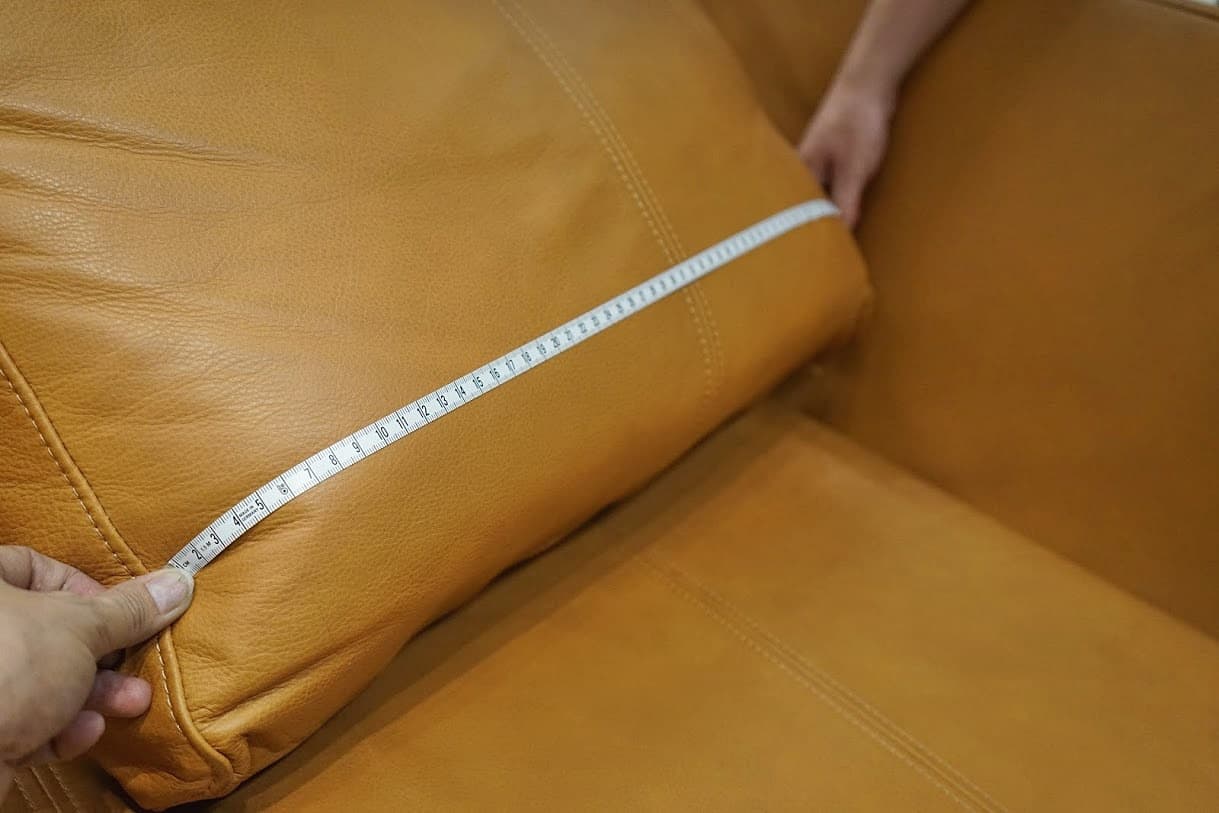

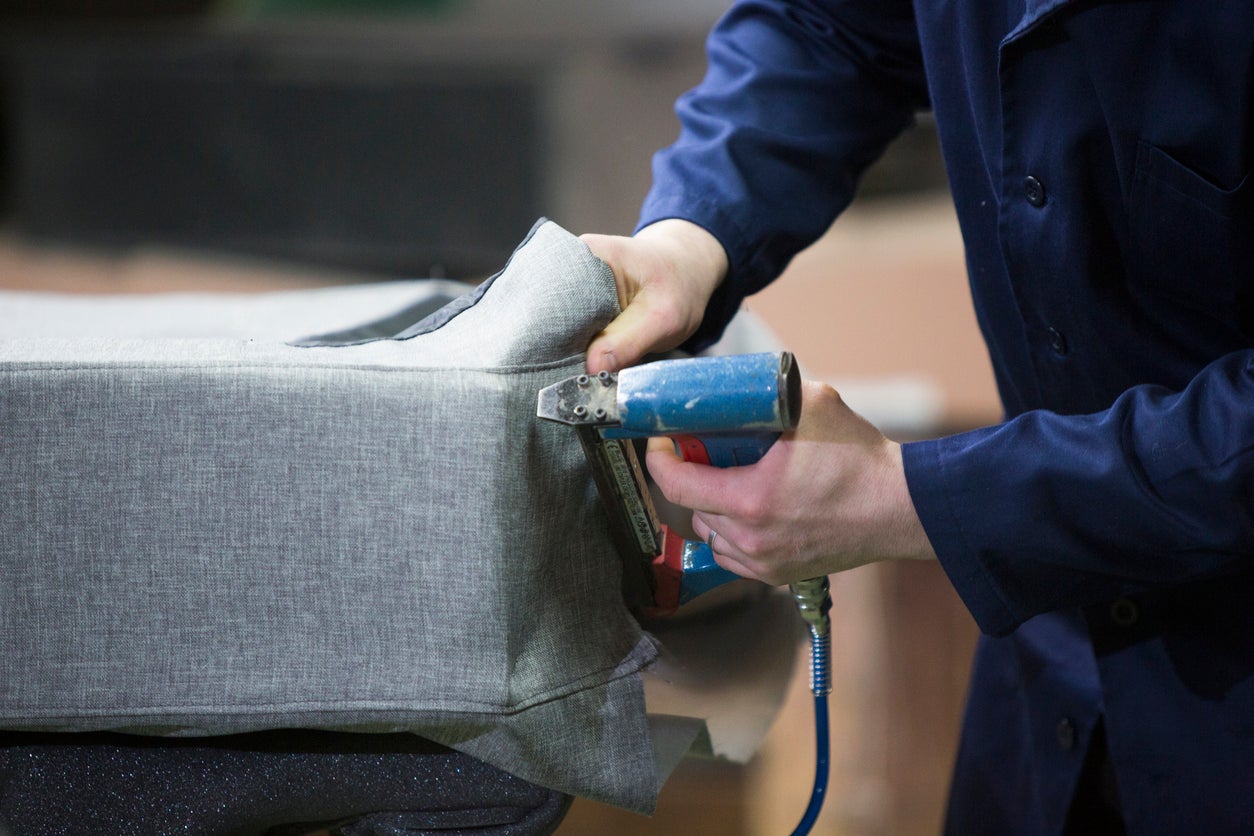
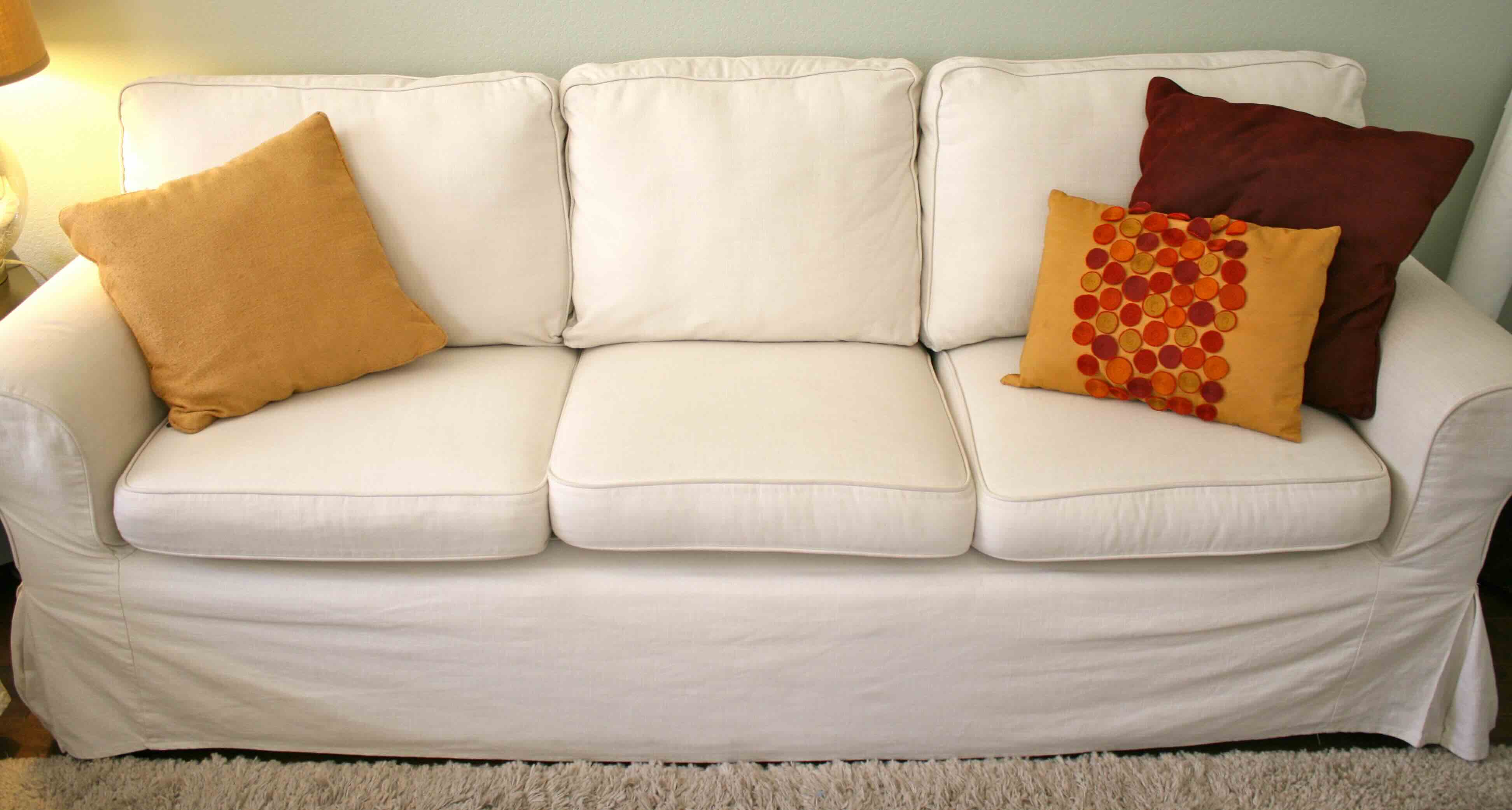

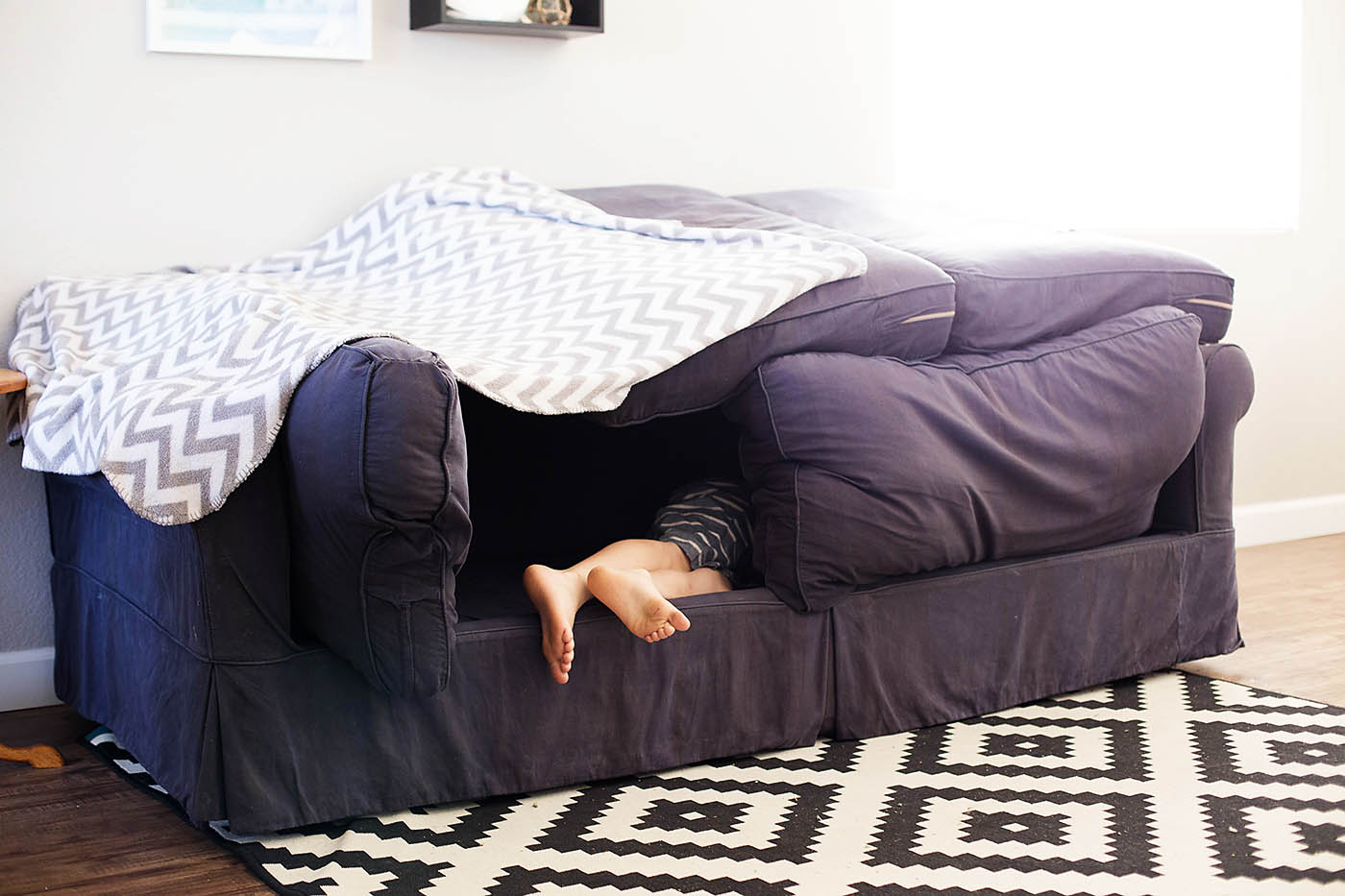

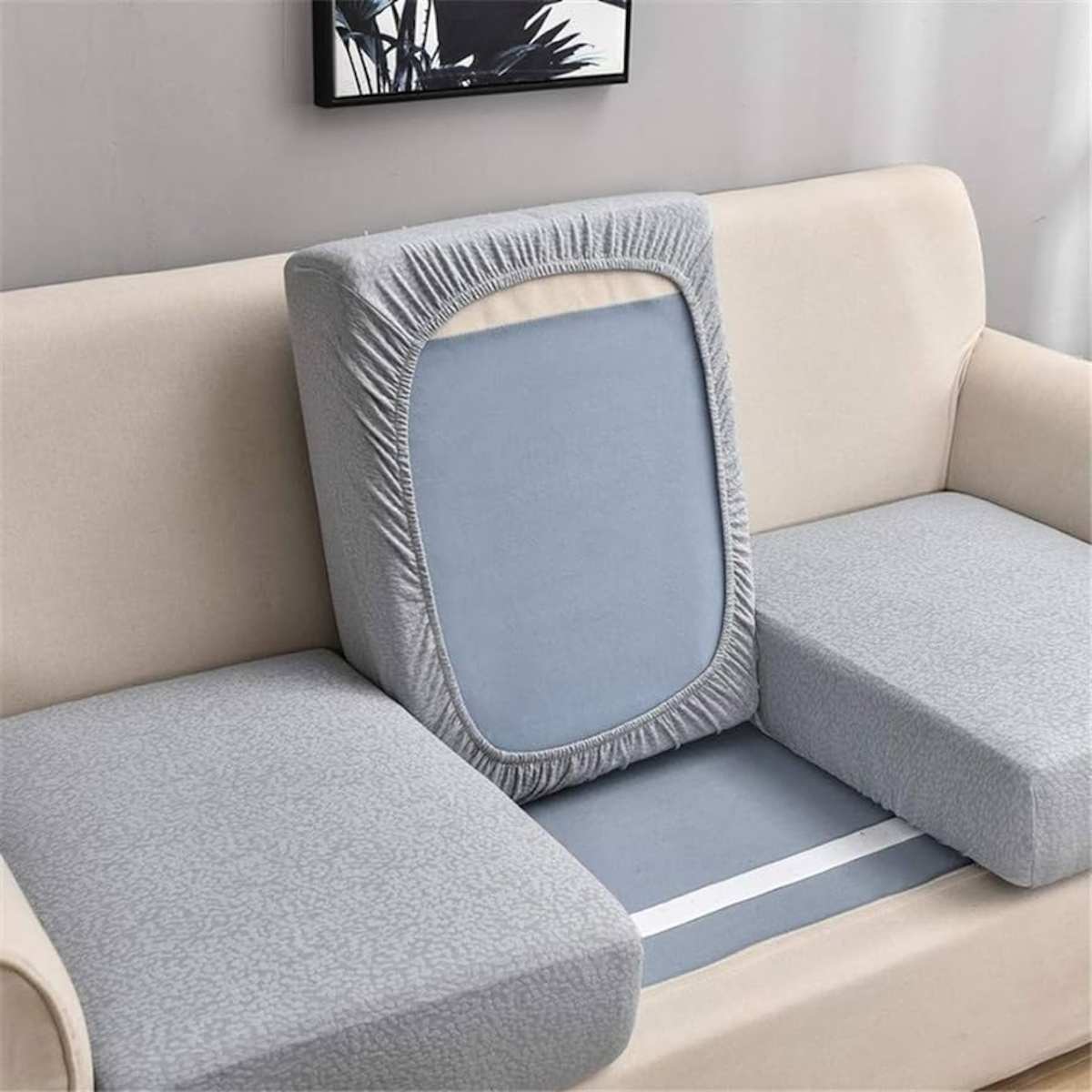
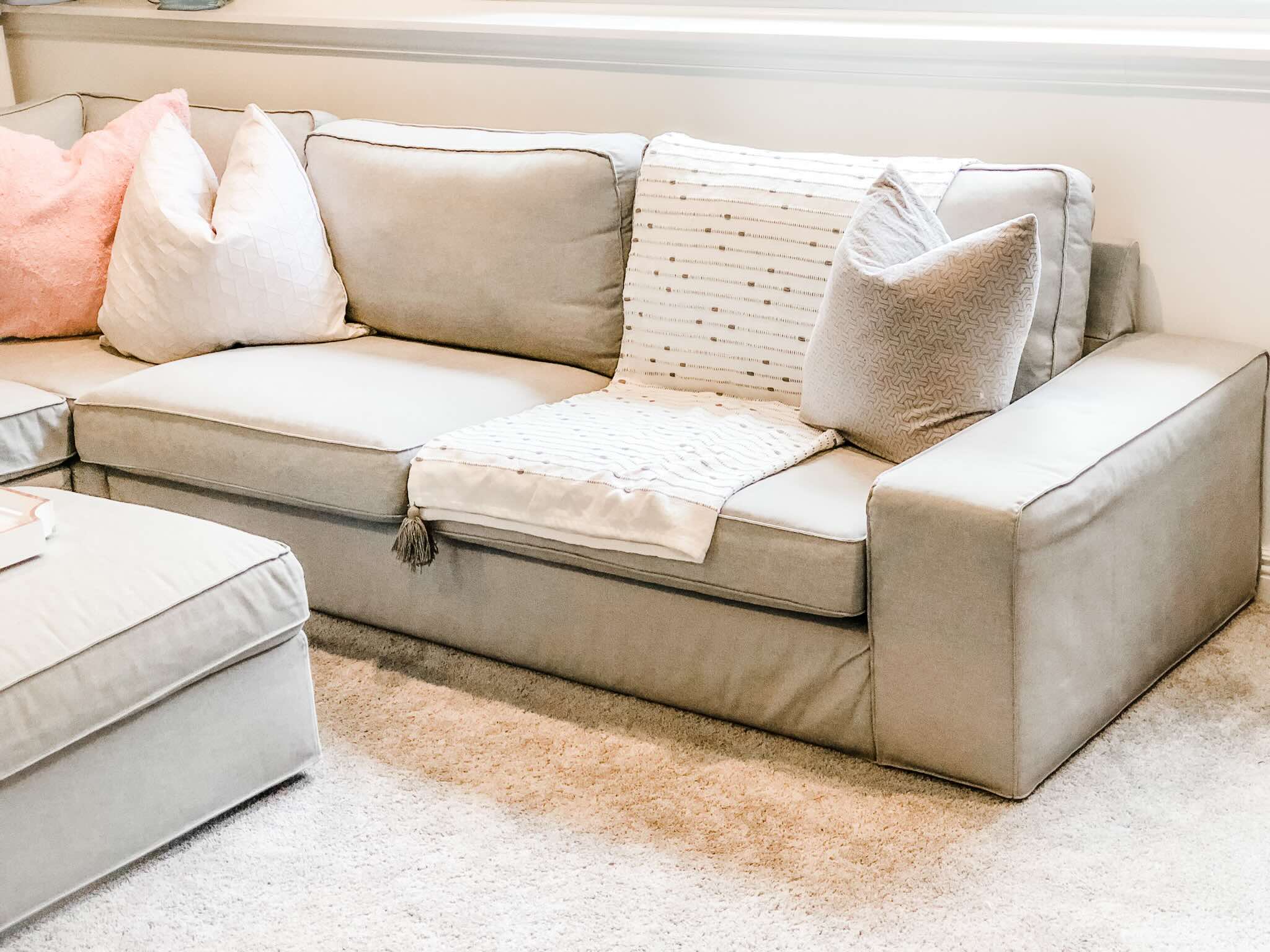
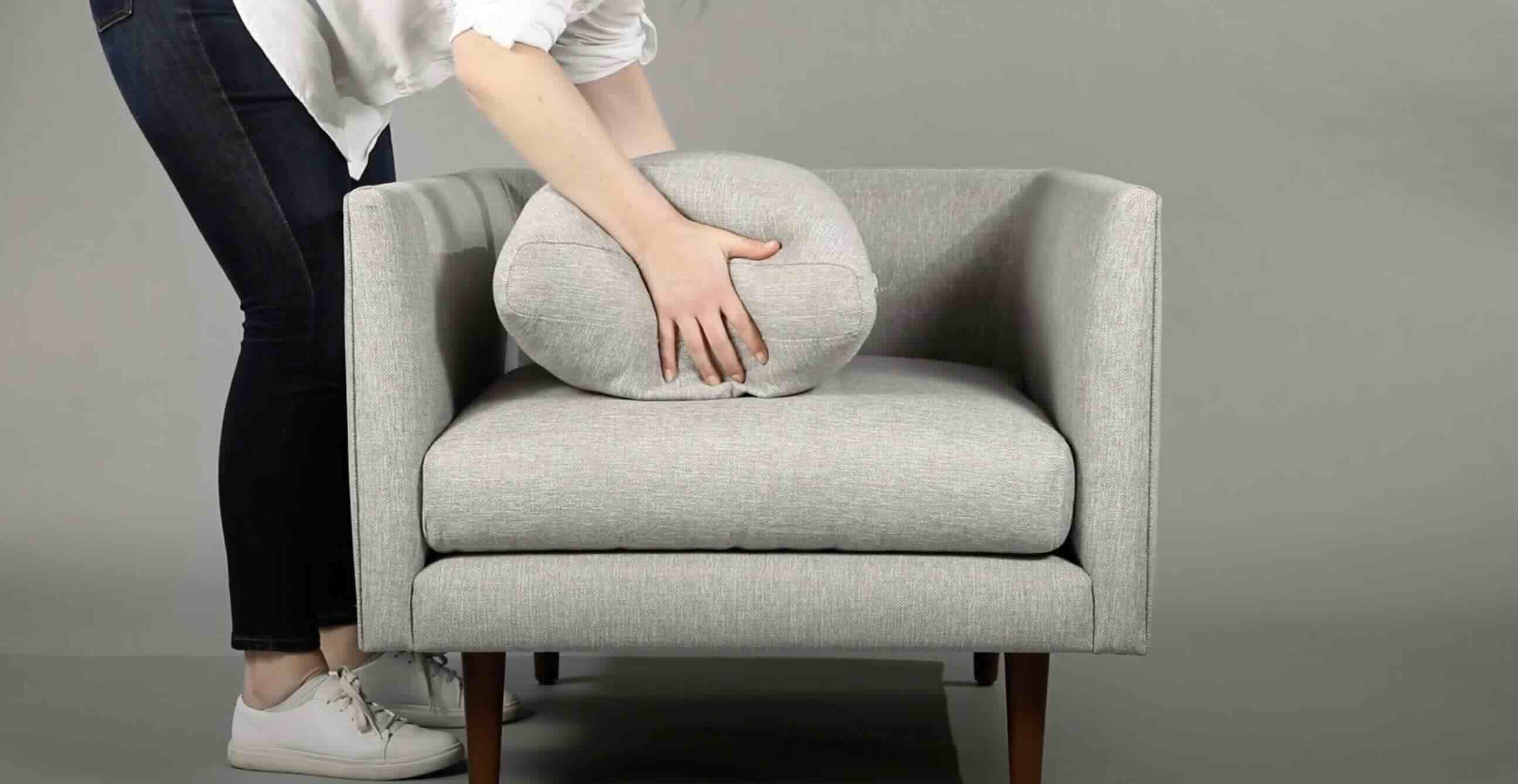
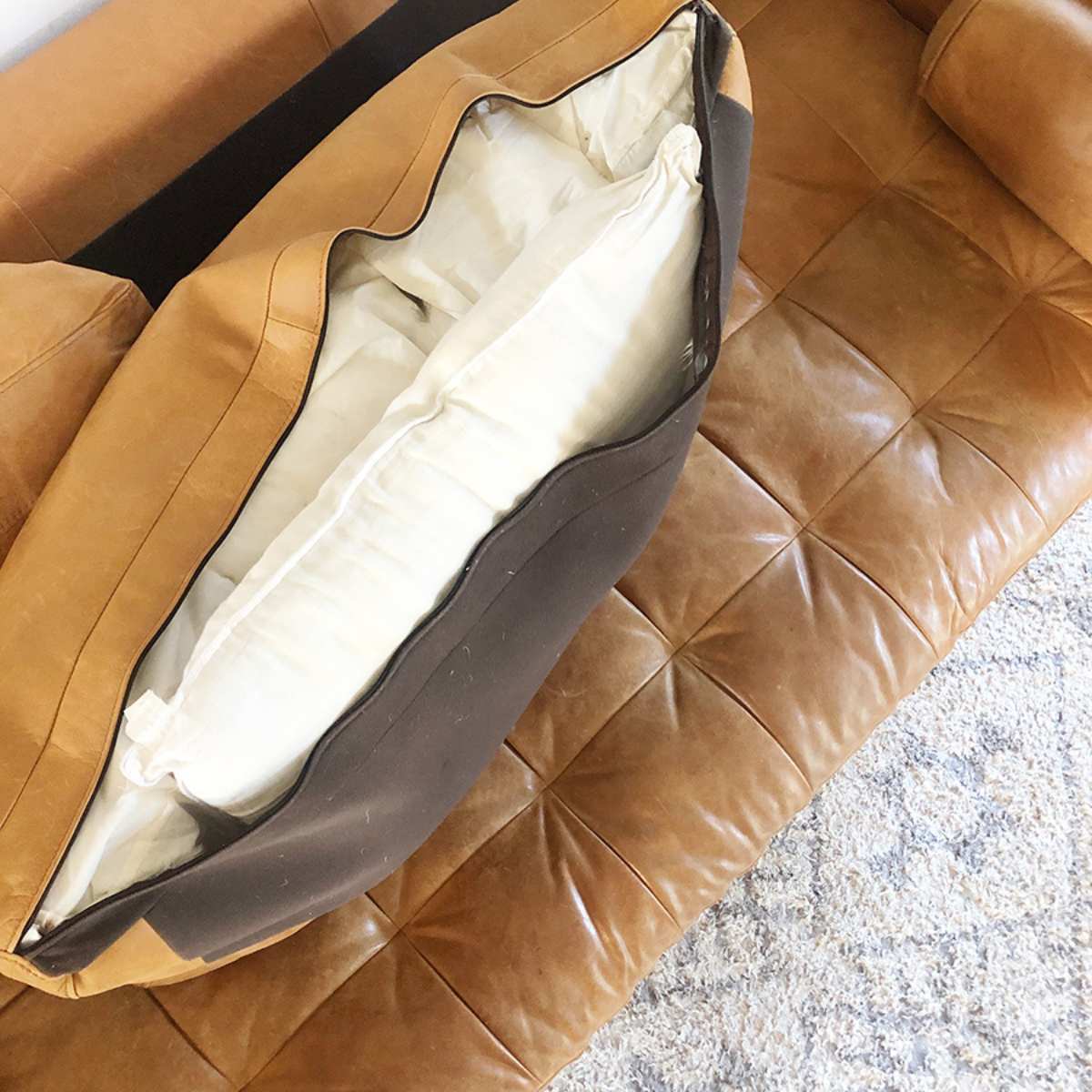

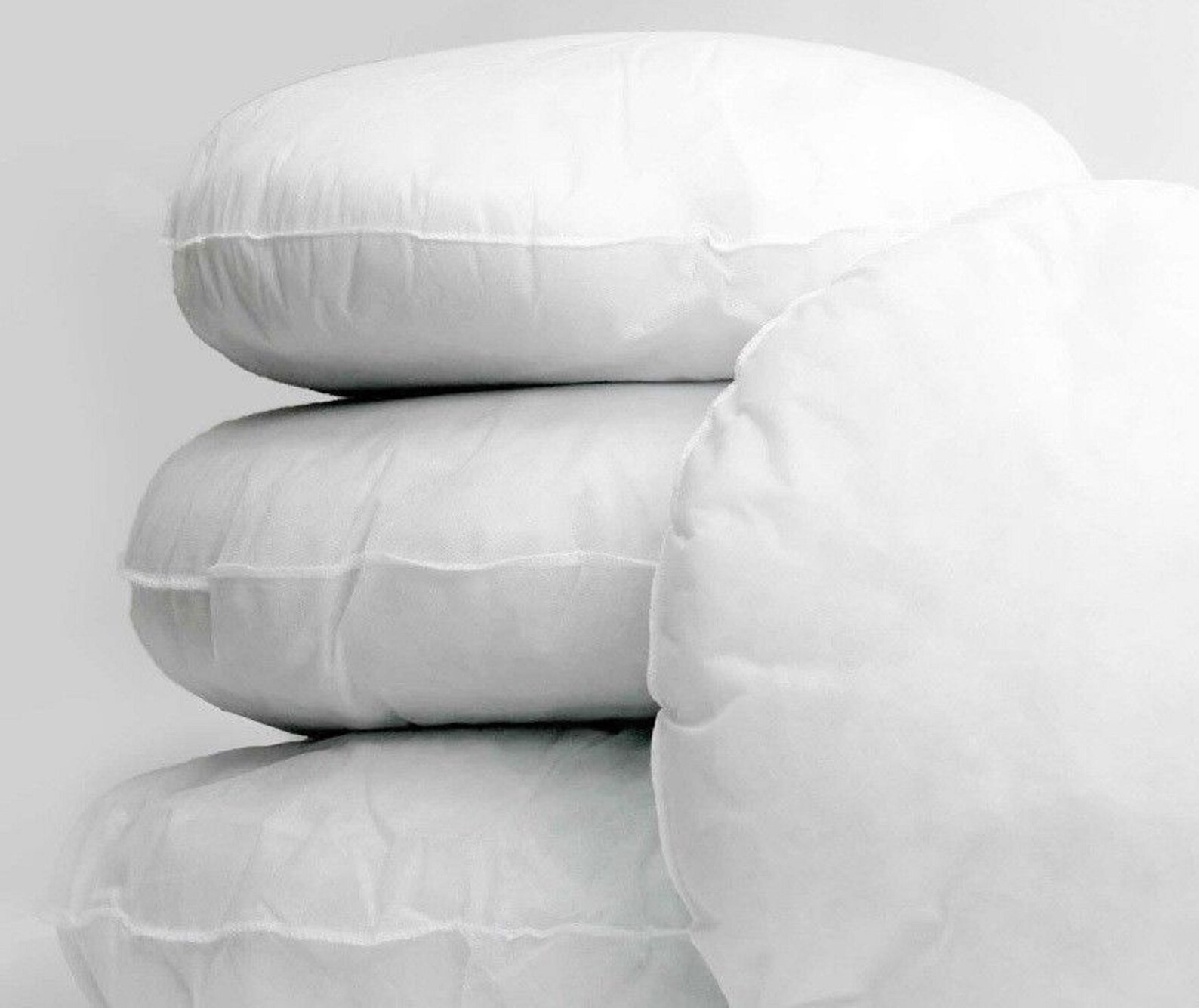

0 thoughts on “How To Fix Springs In Couch Cushions”